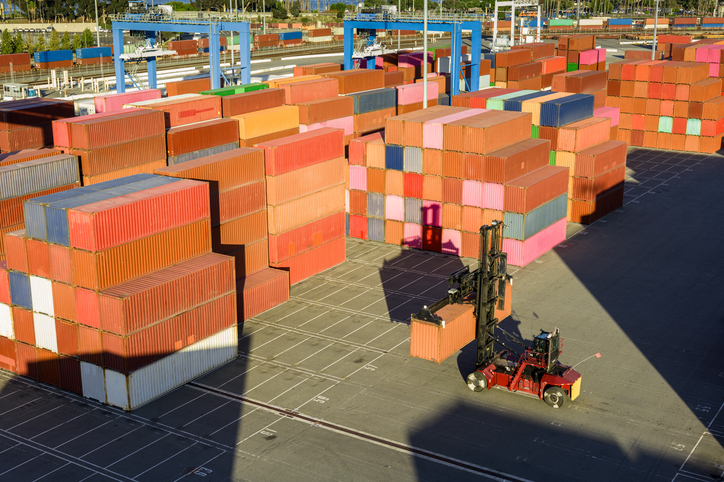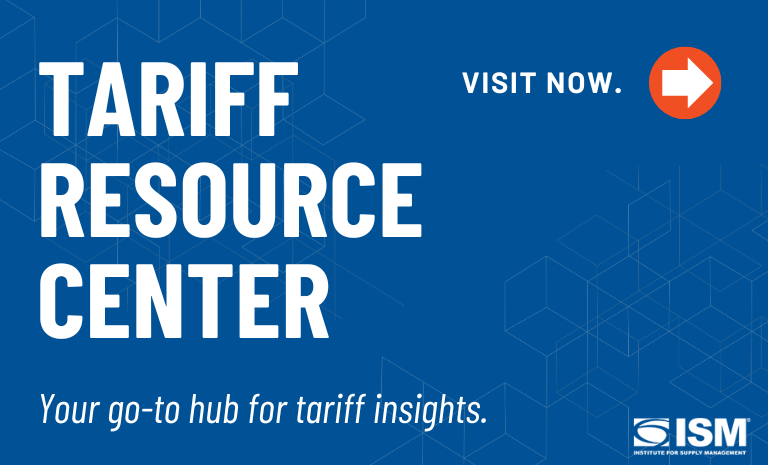Supply Chain News Roundup: The State of Tariffs

It’s getting harder to find imports that don’t have high tariffs.
According to an analysis of the U.S. Census Bureau trade data by The New York Times, nearly 50 percent of imports to the U.S. are subject to steep tariffs. It’s “a stark sign of how President Donald Trump has reshaped American trade since returning to office in January,” a Times article about the analysis states.
The legality of a majority of Trump’s tariffs — those enacted under the International Emergency Economic Powers Act — is being scrutinized by the U.S. Supreme Court. If the court rules against the president, 29 percent of imported goods — worth US$300 billion — will be relieved of such tariffs, according to the Times. Still, 16 percent of imports will still be subject to high tariffs.
“Now, more than 90 percent of imports are subject to some aspect of Mr. Trump’s trade policy — a tariff he announced this year or during his first term, or a sweeping exemption granted to some products, at least temporarily,” the article stated.
Tariff Reprieve on Some Agricultural Products
However, as of last week, some agricultural products are no longer subject to reciprocal tariffs. On November 14, Trump signed an executive order (EO) that released duties on certain products, including tea, coffee, bananas, tomatoes, cocoa, spices, beef and tropical fruit, not grown or produced in substantial numbers in the U.S.
Reciprocal tariffs continue to apply to “other natural resources not available in the U.S. for reasons of geology or climate, generic pharmaceutical inputs, and aircraft and aircraft parts,” the EO states. “The President may be willing to remove the reciprocal tariffs from these products upon the conclusion of any reciprocal trade and security deal.”
Driving the exemption is affordability: USA Today reported that affordability is becoming a growing political issue.
Where Is Your Supply Base Based?
Still, tariffs continue to hound most supply chains, particularly mid-market ones.
Pymnts reports that tariffs are a “stress test for business models, with trade policy and regulatory uncertainty increasingly acting as amplifiers of both advantage and vulnerability.”
According to the Who’s Hit Hardest: Tariffs Widen the Business Resilience Gap report in the October Pymnts Intelligence 2025 Certainty Project, there is a widening resilience gap in the U.S. middle market arena: Those firms “where exposure to international suppliers is high, (encounter) regulatory uncertainty, input-cost inflation, shrinking margins and brittle confidence,” Pymnts reports.
Additionally, 90 percent of survey respondents indicate that foreign suppliers have raised prices, while 60 percent report delays or reduced reliability of supply.
Firms with a lower reliance on overseas suppliers had fewer issues.
The October Intelligence 2025 Certainty Project was done in collaboration with HSBC, an international banking and financial services firm based in London.

